The Minolta 100mm f2.8 macro has been a prestigious lens since 1986. Since its introduction that year, there have been a total of four versions – four released by Minolta and one by Sony – with the optical design remaining unchanged throughout. It boasts excellent quality, beautiful colors, and soft bokeh, enjoying a new lease of life when used with modern camera bodies.
It features an 8-element in 8-group lens design.
Weight: 520g; length: 98mm when retracted, 146mm at maximum extension.
It has 9 aperture blades.
Maximum magnification: 1:1.
Minimum focusing distance: 35cm.
Filter size: 55mm.
1986 First version: Minolta 100 F2.8 Macro. Identifying features include red "AF" lettering, a serrated hard plastic focusing ring, and a focus range limiter switch.
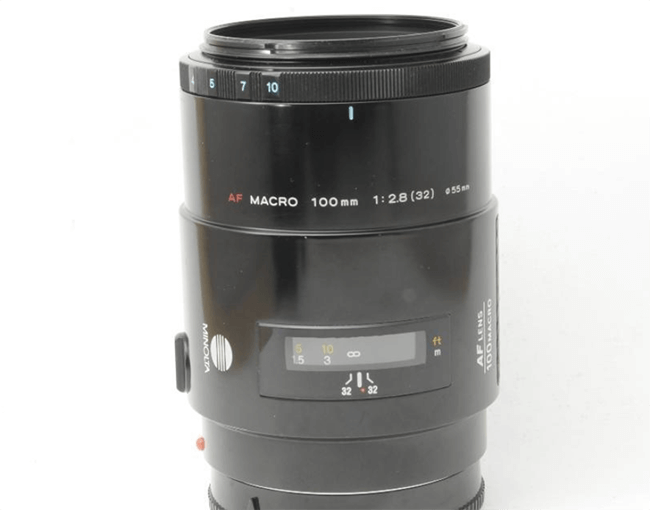
1993 Second version: Minolta 100 F2.8 Macro New, weighing 510g. Identifying features: a wide soft plastic focusing ring, a focus range limiter switch, a focus stop button, and the use of a smooth, slender soft plastic focusing ring.
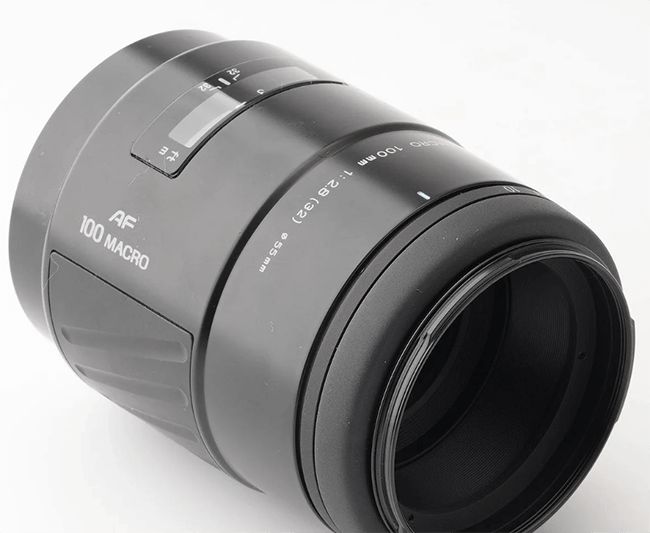
2000 Third version: Minolta 100 F2.8 Macro D, weighing 510g. Identifying features: a wide soft plastic focusing ring, a focus range limiter switch, a focus stop button, a wide serrated soft plastic focusing ring with large diagonal grooves, support for the ADI flash system, and a silver ring around the focus range indicator.

Fourth version: Sony announced the Sony Alpha 100/2.8 Macro (SAL-100M28) on July 21, 2006. It features an 8-element in 8-group lens design. Identifying features: a wide soft plastic focusing ring, a focus range limiter switch, a focus stop button, a wide serrated soft plastic focusing ring with dense vertical grooves (perpendicular to the lens body), the Sony logo, support for the ADI flash system, and no silver ring around the focusing distance indicator.
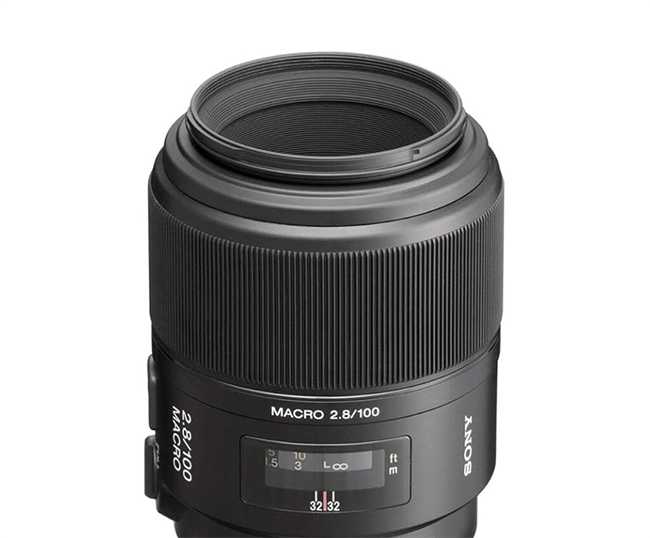
I personally got the second version (New). Considering the condition and budget, I don't recommend looking for the first version. The New version is reasonably priced, has a large second-hand market, and it's easy to find one in relatively new condition. It's also convenient to use with Sony's own AF adapter. It's perfect for daily shooting of flowers, plants, and small subjects, and can occasionally double for portrait photography.
I took a set of photos of phalaenopsis and the lens with a Sony A7CR, which can give a rough idea of the effect.
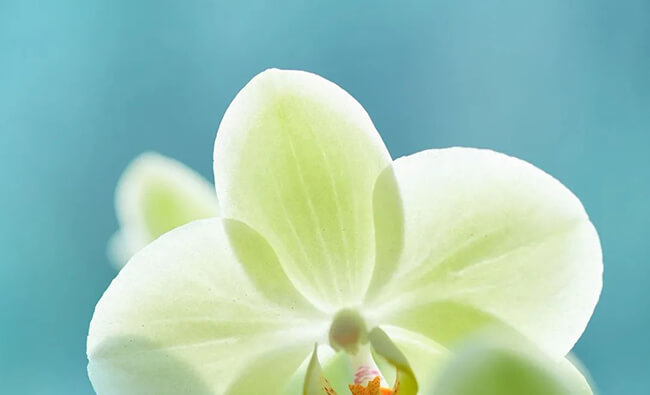
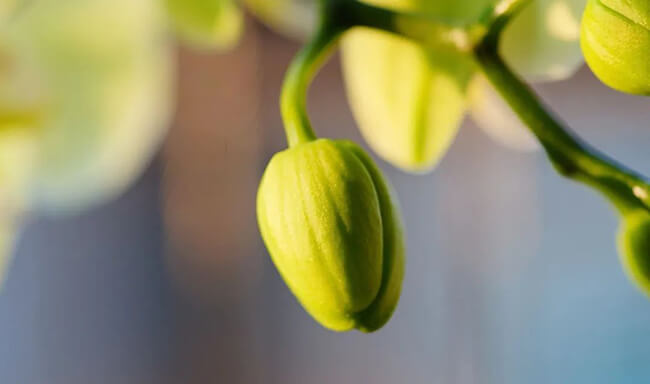
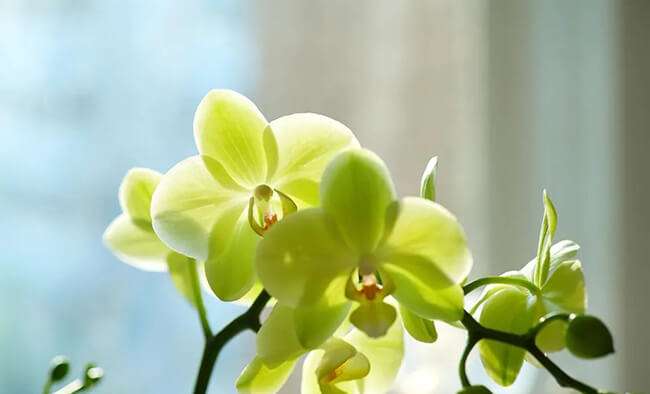
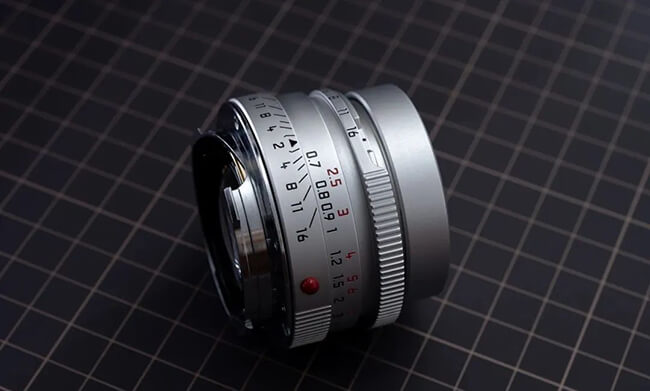
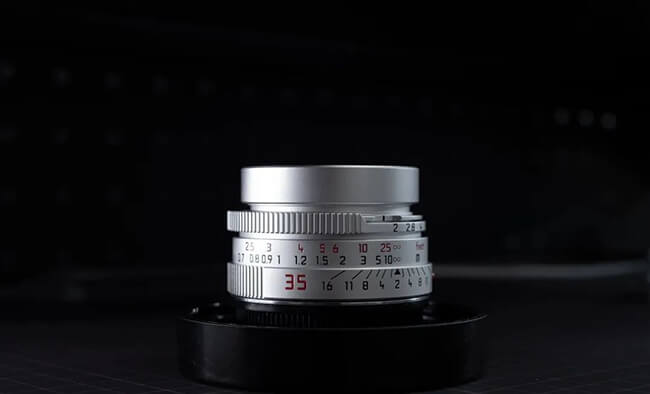
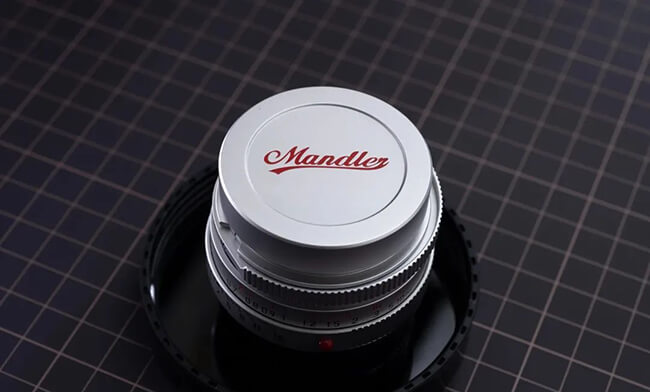
Related Tags: zhongyi
